New study finds that mangroves support over 4 million small scale fishers globally
Mangrove forests support millions of coastal fishers, and a new study has not only highlighted this importance but mapped how this fishing is spread around the world.
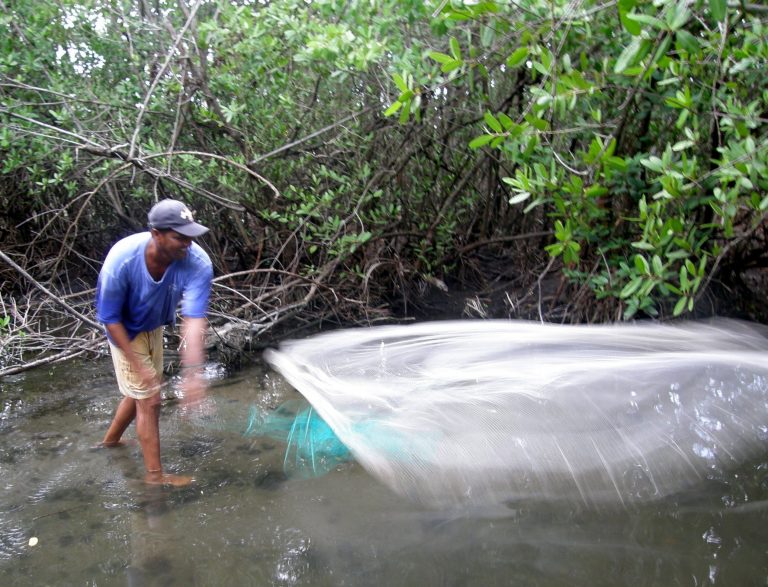
Mangrove forests support millions of coastal fishers, and a new study has not only highlighted this importance but mapped how this fishing is spread around the world.
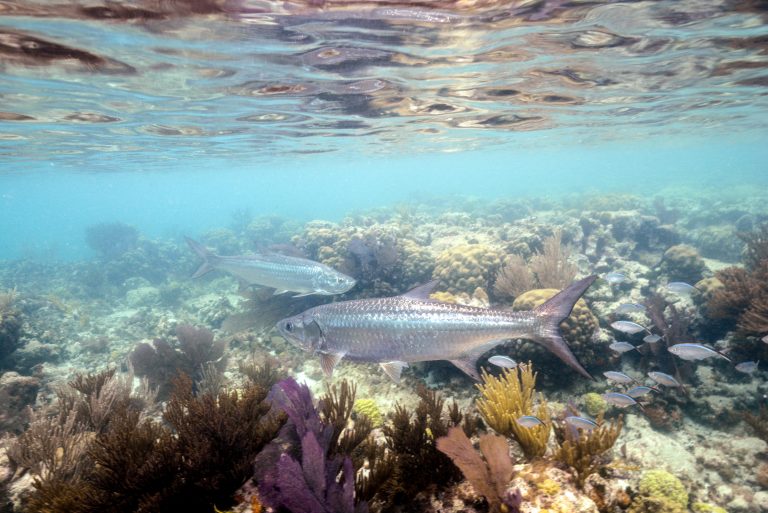
The Nature Conservancy collaborated with Alastair Harborne’s Tropical Fish Ecology Lab at Florida International University to model and map cumulative fishing impact and reef fish biomass across the the 580 km (360 miles) of coral reefs along Florida’s east coast. The models and resulting maps provide key insights for assessing the potential benefit of conservation and management investments such as restoration and other protection activities.
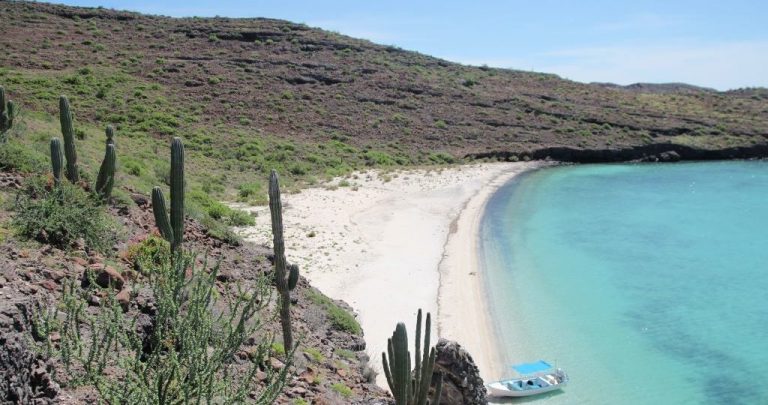
In newly-released research, authors from The Nature Conservancy, the World Resources Institute and the University of Central Florida point to some of the changes to the world of travel and tourism imposed by…

The world will get a much-needed overview of the state of its mangroves today as Global Mangrove Watch, a new, powerful remote sensing tool that has the potential to change the face of mangrove conservation and restoration, goes live.
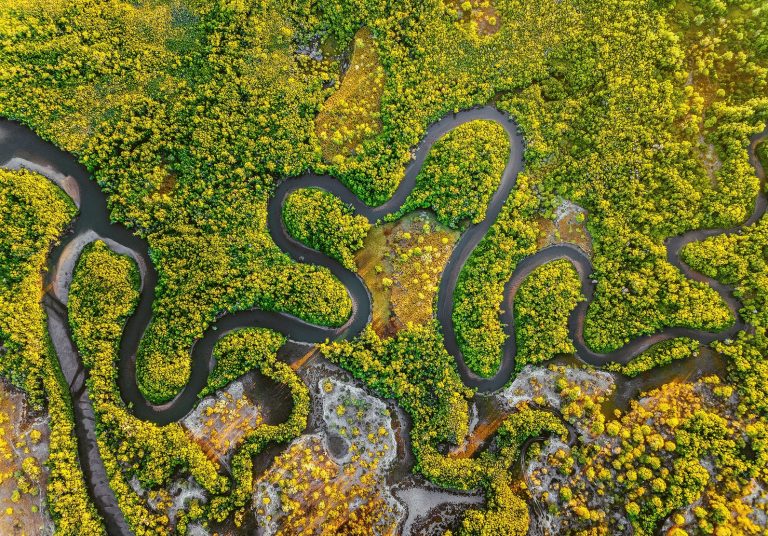
Mangroves are a key habitat for our Mapping Ocean Wealth work, and its easy to see why. These coastal forests protect shorelines, store and sequester vast amounts of carbon, enhance fisheries, and even provide opportunities for recreation and tourism. but identifying and accessing the most reliable source of data can be a challenge. A new paper presents a potential solution.
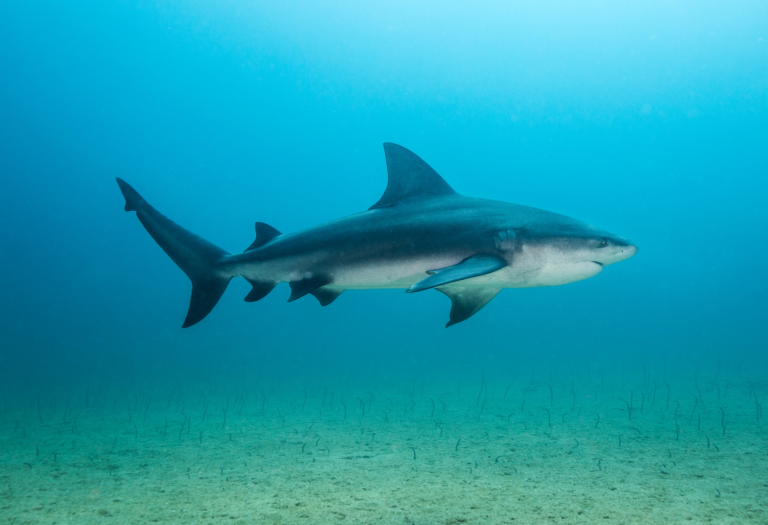
Each year, people travel from all over the world to visit the Gulf of California, or the world’s aquarium, as Jacques Costeau once famously dubbed it. Sea lions, whale sharks, whales, big game fish make up the 40 key species groups that bring people to the region looking for an opportunity to interact with marine wildlife – from up-close encounters with grey whales, to witnessing the unmistakable grace and curiosity of a bull shark, to dancing with a sea lion to tracking a wahoo in a catch and release game – the Gulf of California provides an unparalleled variety of options to experience life-changing moments.
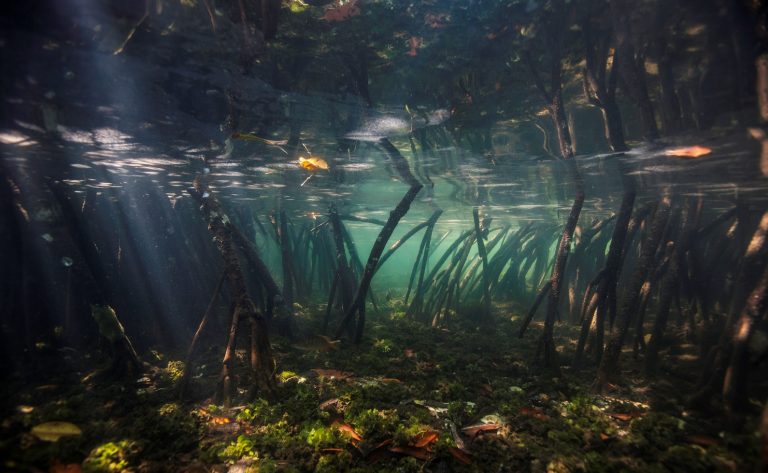
Coastal wetlands provide many benefits, from fisheries habitat to improved water quality and shoreline protection, but they are also excellent at capturing and storing carbon from the atmosphere – a service we refer…
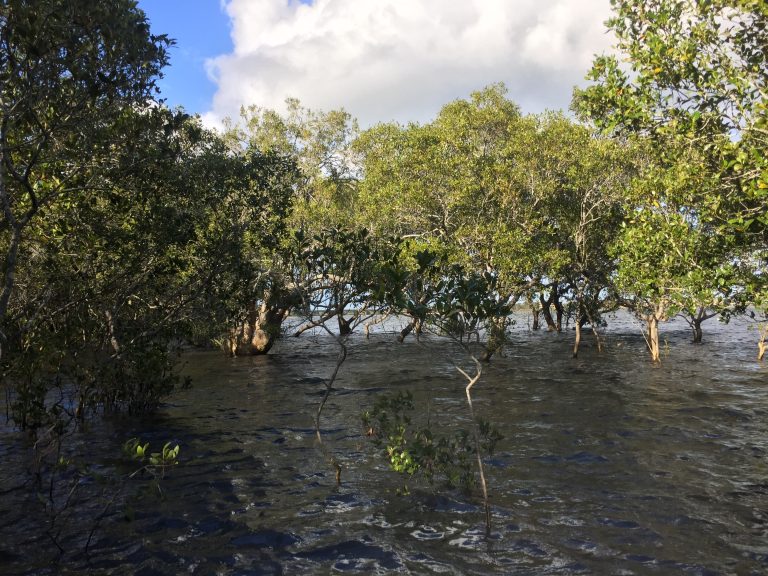
After three years of research, a team of leading marine experts, led by The Nature Conservancy and Deakin University, release today a watershed report describing and mapping the economic value provided, free-of-charge, by…
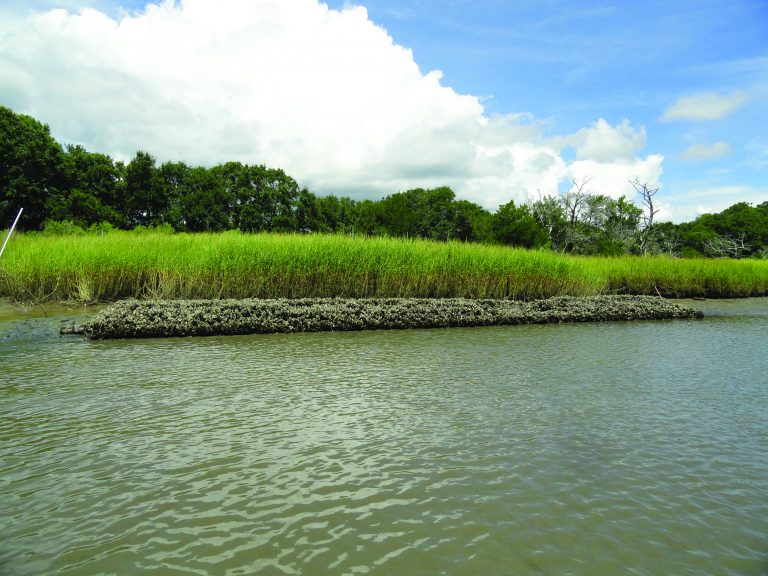
Capitalising on the ongoing success of The Nature Conservancy’s shellfish reef restoration projects all around the world, a new manual has been published to help others do likewise. Quantifying the social and ecological…
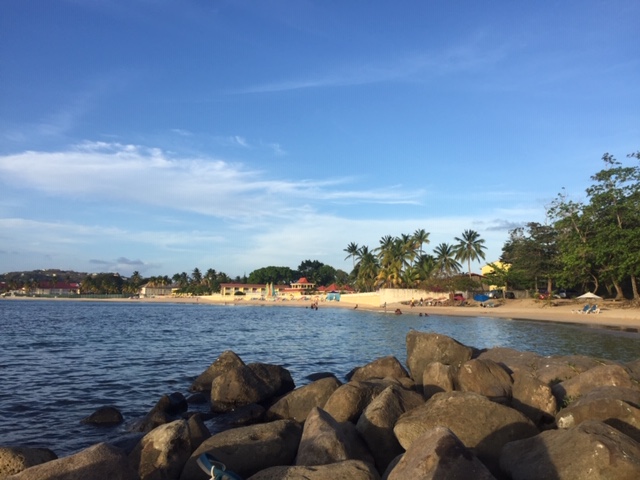
In May 2019, thirty-five natural resource professionals representing ten countries and thirty agencies gathered in Rodney Bay, St. Lucia to attend an ecosystem services workshop organized by The Nature Conservancy’s Mapping Ocean Wealth…
Informed by science, communications and policy work, Mapping Ocean Wealth visualizes in quantitative terms all that the ocean does for us today, so that we make smarter investments and decisions for the ocean of tomorrow.
A global partnership of scientists, policy practitioners and financial experts launched Mapping Ocean Wealth in January 2014. Led by The Nature Conservancy, this effort was conceptualized and incubated in partnership with The World Bank and is mapping the world’s vast ocean wealth in all its many forms and changing conservation and development policies and practices in the process through an understanding of how and where ocean wealth is generated and valued.
We need your voice and ideas to help us grow our work, there are a number of ways you can get involved.